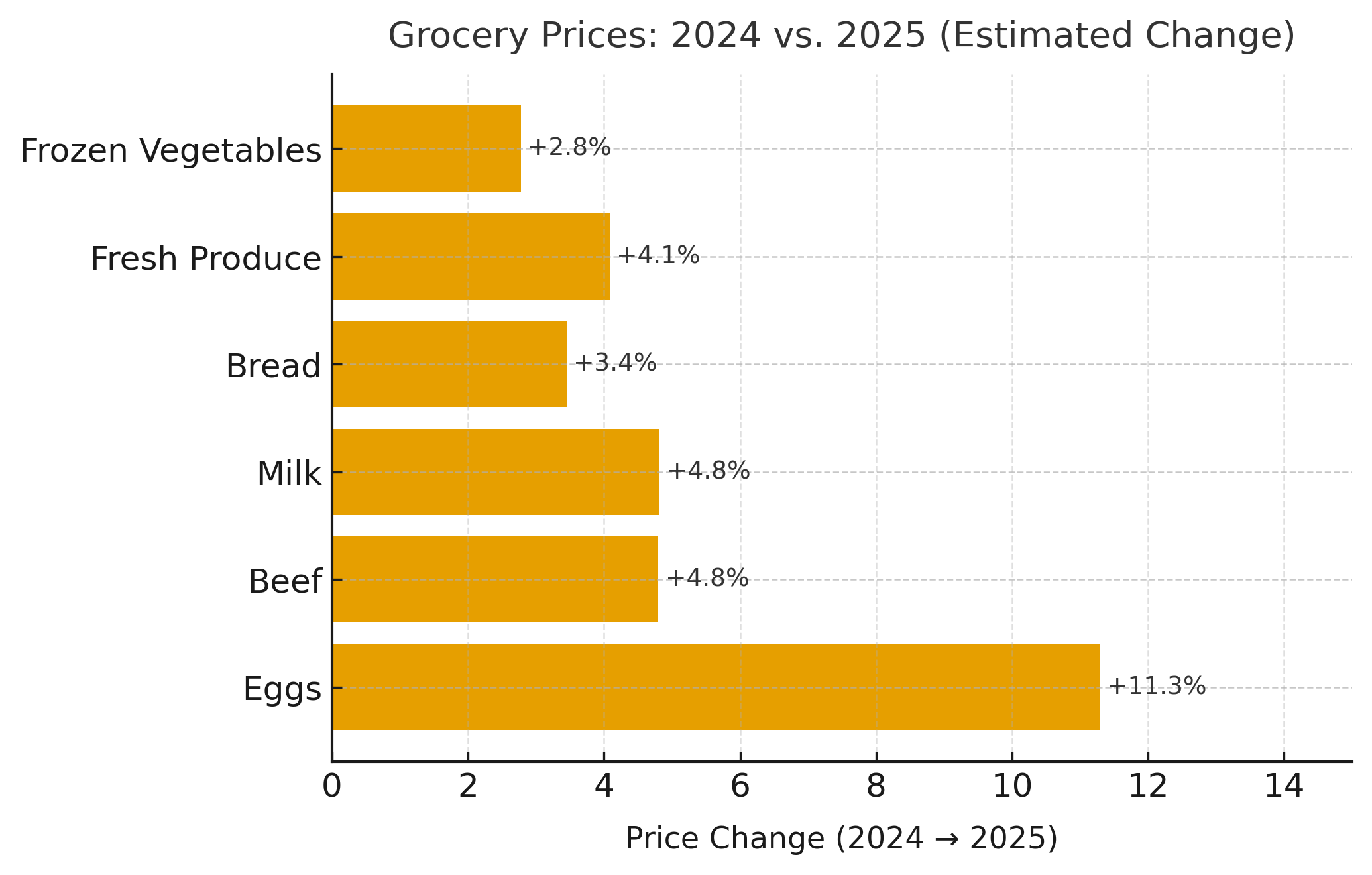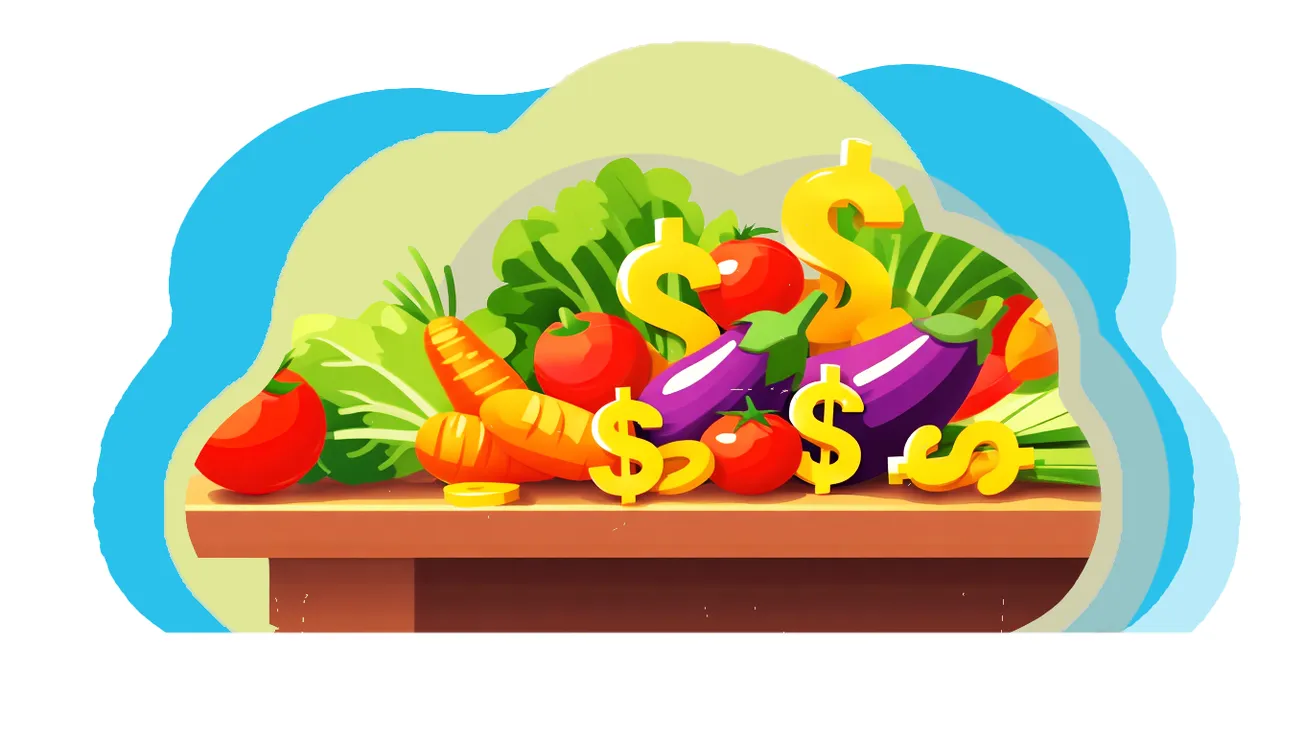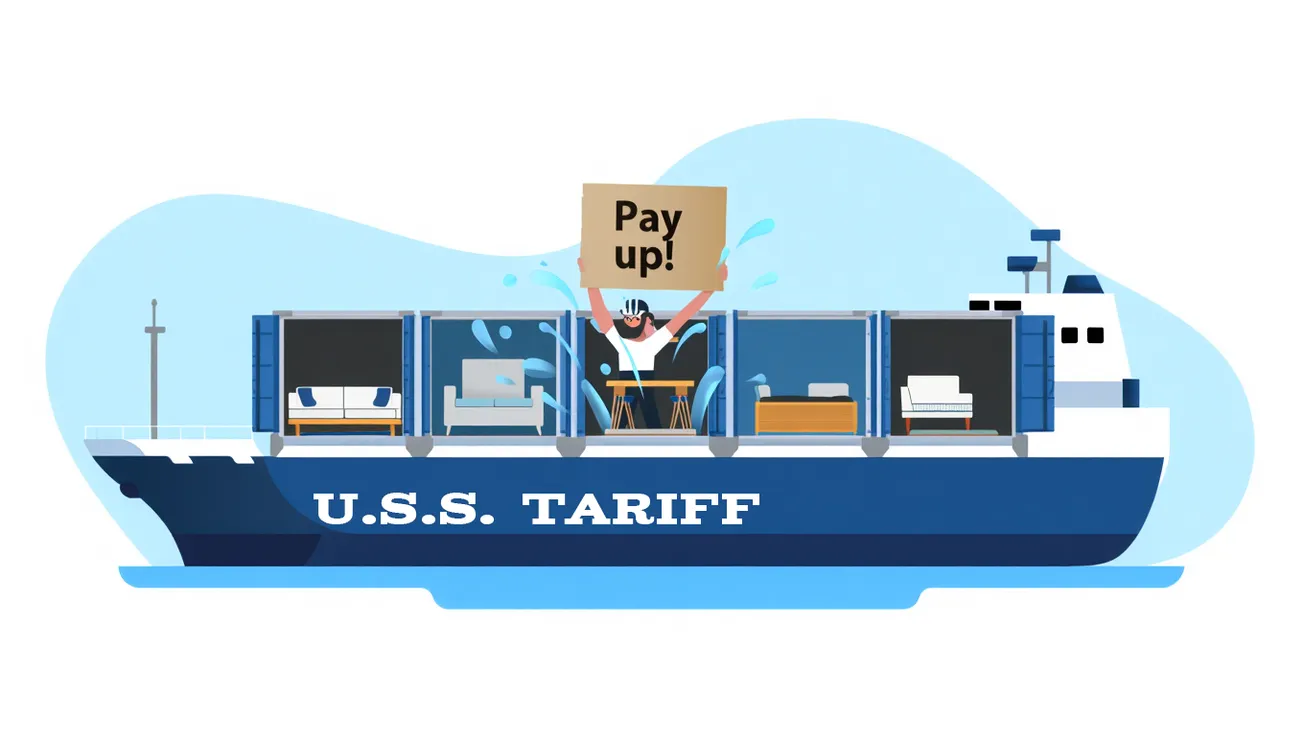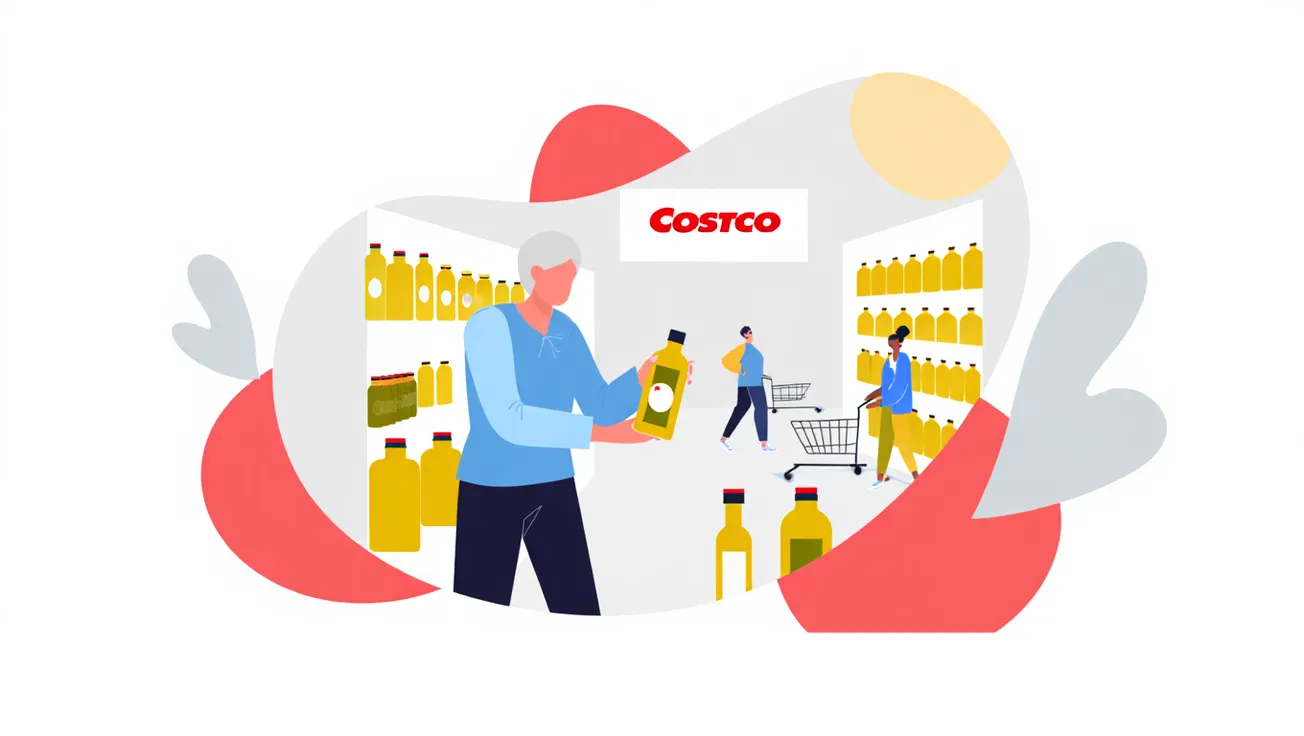The Labor Department quietly admitted that tougher immigration policies are thinning the nation’s farm workforce — and that could mean higher prices on the foods older Americans rely on most.
The Takeaway
- The Labor Department says immigration crackdowns are disrupting farm labor and risking food supply stability.
- Grocery prices for staples like eggs, beef, and produce are creeping up again.
- Seniors — who already spend a larger share of income on food — will feel the squeeze first.
- Even small increases can add up fast for those on fixed incomes.
- Smart shopping and storage habits can help stretch the grocery dollar.
The Policy Shift and Why It Matters
The Labor Department just admitted what farmers have been saying for years: immigration crackdowns are leaving fields empty and food prices vulnerable.
In a filing to the Federal Register, reported by The Washington Post (Oct. 11, 2025), the agency warned that too few Americans are willing or able to do the physically punishing work that keeps grocery shelves stocked. To prevent crops from rotting, it’s easing rules for the H-2A visa program, which brings in seasonal migrant farmworkers.
That means lower required pay for those workers — and, in some cases, shifting housing costs onto them. Farm groups say it’s a necessary lifeline. Labor advocates call it a race to the bottom.
It’s also a sharp reversal. Not long ago, Agriculture Secretary Brooke Rollins insisted that mass deportations would create a “100 percent American” farm workforce. Now her own department is effectively conceding that those workers don’t exist.
And the trickle-down of that is when fewer people pick, pack, and ship America’s food, the impact doesn’t stay on the farm — it lands right in your shopping cart.
What’s Happening With Food Prices
You may have noticed that your grocery bill has crept up again — and you’re not imagining it.
According to the latest data from the Bureau of Labor Statistics and the USDA, grocery prices are still climbing, though not as sharply as last year. The cost of “food at home” — the government’s term for groceries — has risen roughly 2 % to 3 % since early 2025, and that slow burn adds up.
The biggest jumps have been in eggs, beef, and baked goods, while fresh vegetables and pantry staples have seen smaller increases or even brief dips. It’s not runaway inflation, but steady enough to pinch anyone on a fixed income.
Economists say these modest bumps could turn steeper if farm labor shortages continue through next year’s harvest. When there aren’t enough hands to pick the crops, the cost per apple, tomato, or gallon of milk tends to rise.
That’s where this policy debate stops being abstract — it’s about what you’ll pay at the checkout line this Thanksgiving and beyond.

Why Seniors Will Feel It First
Seniors already spend more of their income on food — about 12% to 14%, compared to 9% for younger adults. Even small price jumps hit harder when you’re living on Social Security or a pension. And since older adults tend to buy more fresh foods, like produce and dairy, they’re especially sensitive to agricultural labor disruptions.
If farm labor dries up, you can expect prices to rise fastest where it matters most — in the produce aisle. And for people living on fixed budgets, that’s not just inconvenient, it’s consequential.
Smart Senior Daily Tips: Stretching Your Food Dollar
- Buy frozen over fresh. Frozen vegetables and fruits often cost less and last longer.
- Try store brands. Private-label items are usually the first to freeze or reduce prices.
- Make meat a side dish, not the star. Rotate in beans, lentils, or eggs for protein.
- Plan your meals. A weekly menu cuts waste and lets you shop the best sales.
- Use loyalty apps. Many retailers tailor discounts based on what you actually buy.
The Bottom Line
The government can frame this as a labor problem or a policy debate — but to shoppers, it’s a kitchen-table issue.
If farms can’t get enough workers, crops go unpicked and food gets pricier. For seniors already juggling high rents, medical costs, and shrinking retirement dollars, another jump in grocery prices could sting.
This is one of those slow-moving stories worth keeping an eye on. You may not see the full impact until the next harvest, but the ripple effect has already started.
Sources:
- The Washington Post – “Trump administration says immigration enforcement threatens higher food prices” (Oct. 11, 2025)
- USDA Food Price Outlook, September 2025
- Bureau of Labor Statistics CPI Summary, September 2025
Disclaimer: This article is for informational purposes only and does not constitute financial, legal, or nutritional advice. Always consult a qualified professional for personal budgeting or diet recommendations.









